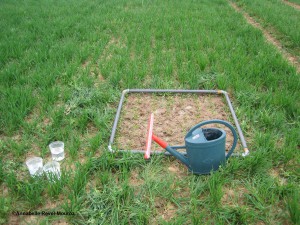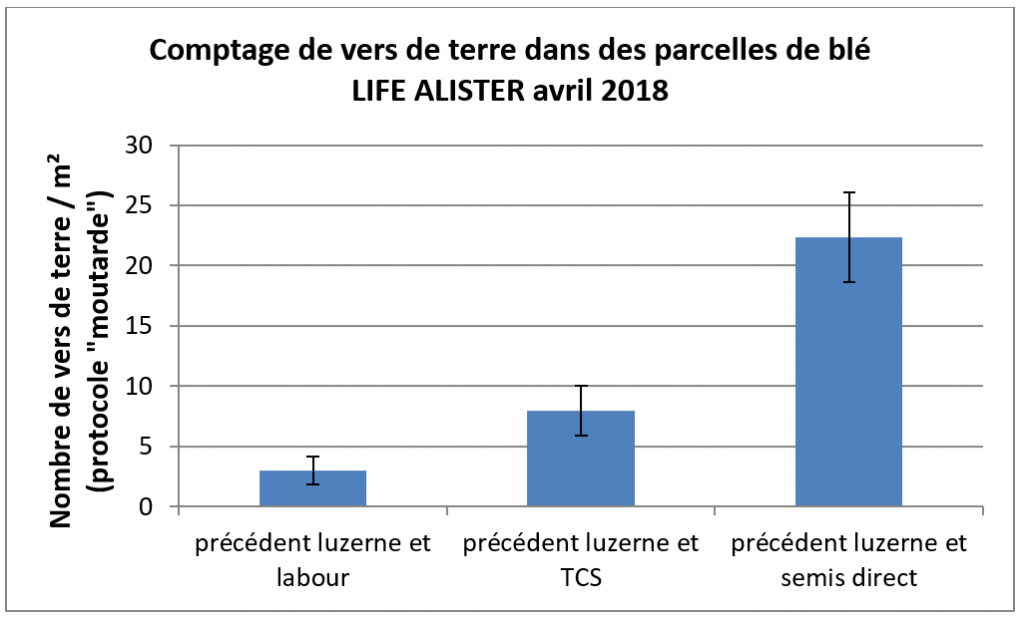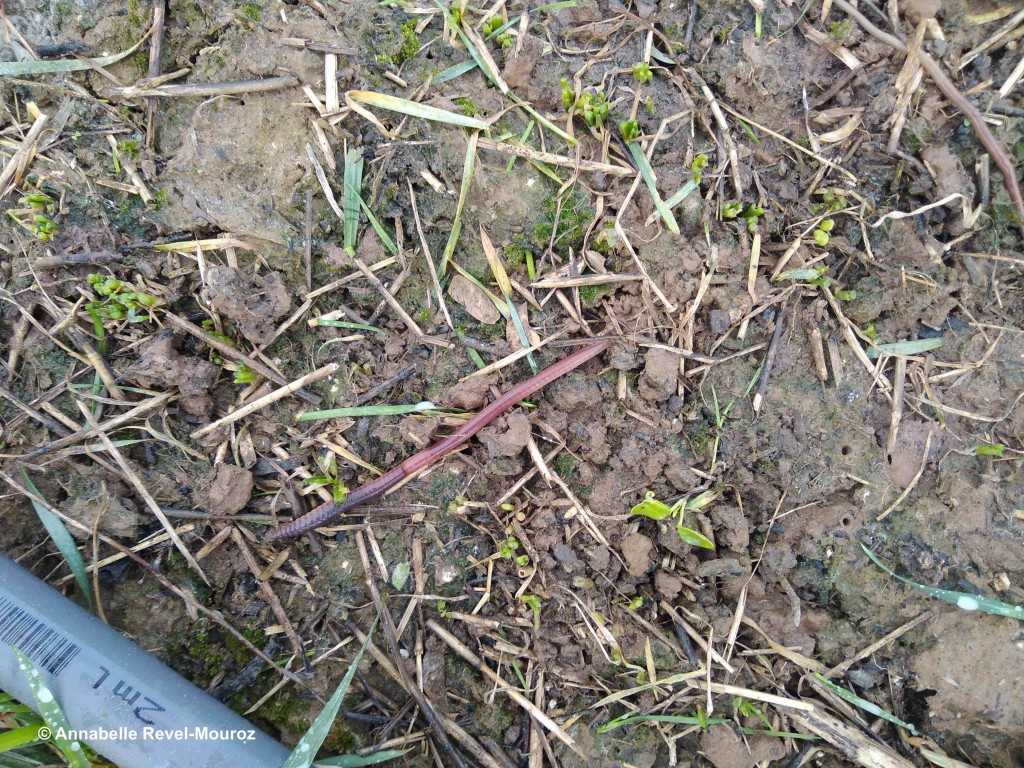Direct sowing is good for worms
28 mai 2018Earthworms are great ‘soil engineers’: they help to decompose organic matter, their burrowing promotes good soil structure and porosity, and plants use these burrows to develop their root system and search for the water and nutrients they need.
There are three ecological categories of earthworm:
-
- Epigeic, which are small and dark red in colour; these live in the top centimetres of soil and feed on organic matter
-
- Anecic, which are large and red, grey or brown in colour; this type makes permanent vertical burrows and plays a part in mixing organic and mineral matter
-
Endogenic, which are medium-sized and pale coloured; these form temporary horizontal burrows that structure the soil and help water retention and infiltration into the ground.
Worms are precious allies for farmers, as well as for the European Hamster, which eats them!
Worms are precious allies for farmers, as well as for the European Hamster, which eats them!
To assess the impact of the innovative farming practices being tested within the scope of the LIFE ALISTER project (notably simplified cultivation techniques [SCT] and direct sowing), the Chamber of Agriculture carried out worm counts on several plots of land in April 2018, en suivant le protocole « moutarde » de following the Participative Earthworm Observatory’s ‘mustard’ protocol

The initial results are very encouraging : : for the same crop (3 years of alfalfa) planted prior to wheat, 2.75 times more earthworms per m² are found on average if the soil has not been worked at all (direct sowing) when compared to plots where the soil has been worked lightly (SCT), and 7.30 times more worms when compared with a ploughed plot of land! !
Earthworm collection device: one m² is marked out and watered twice using 10L of water mixed with 300g of mustard, which makes the worms come to the surface

For more information, visit the Participative Earthworm Observatory (OPVT) website: HERE




